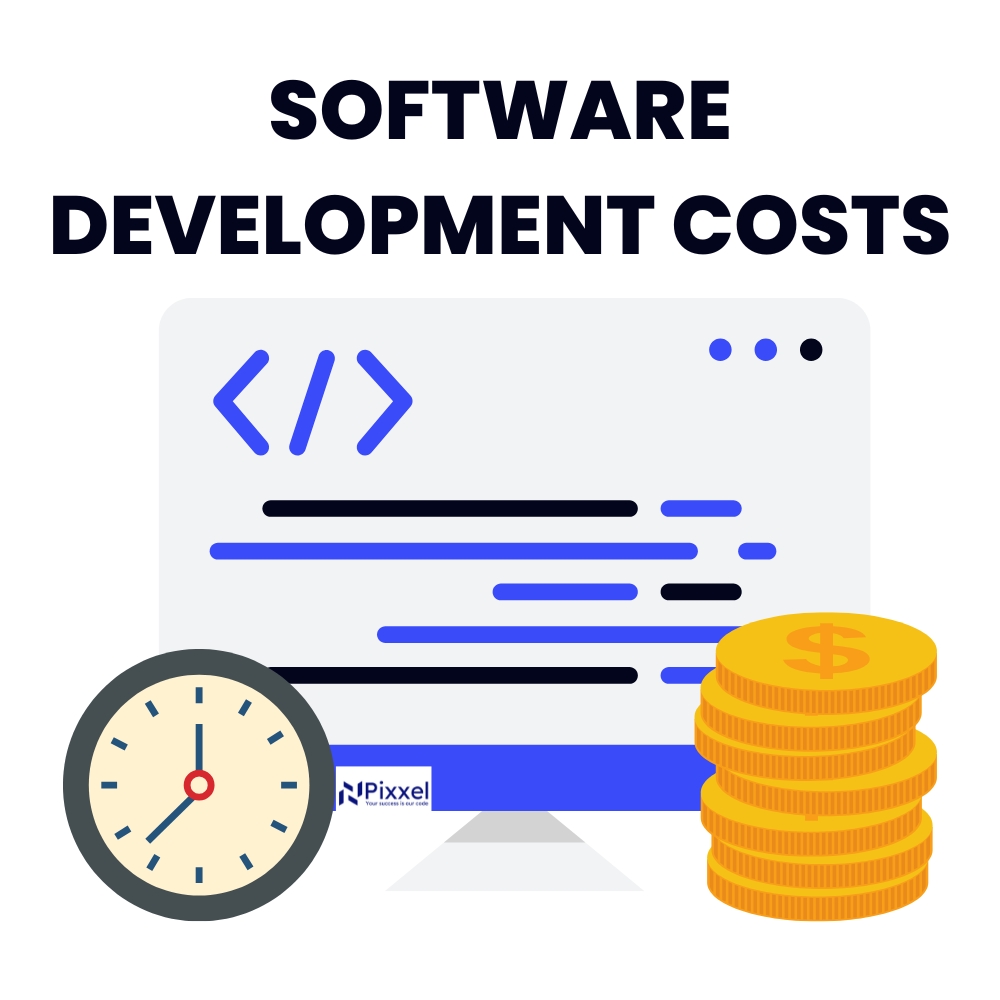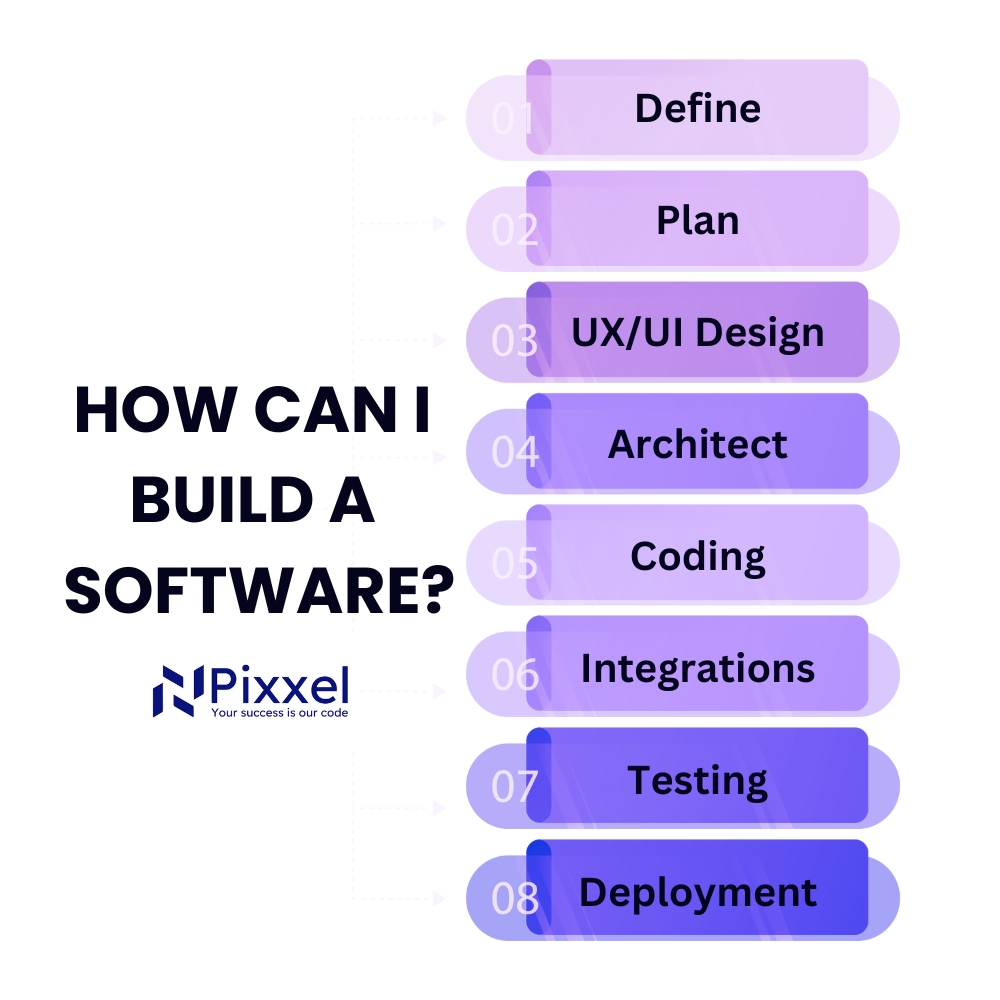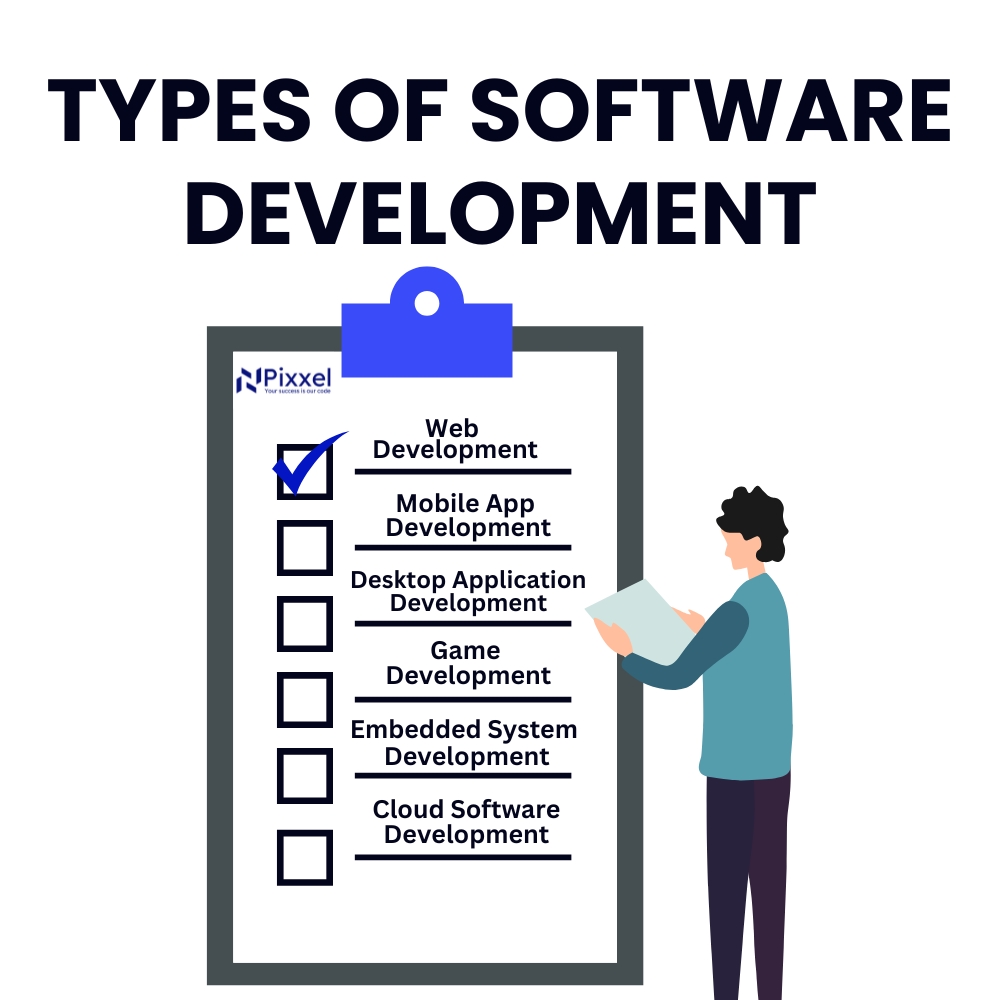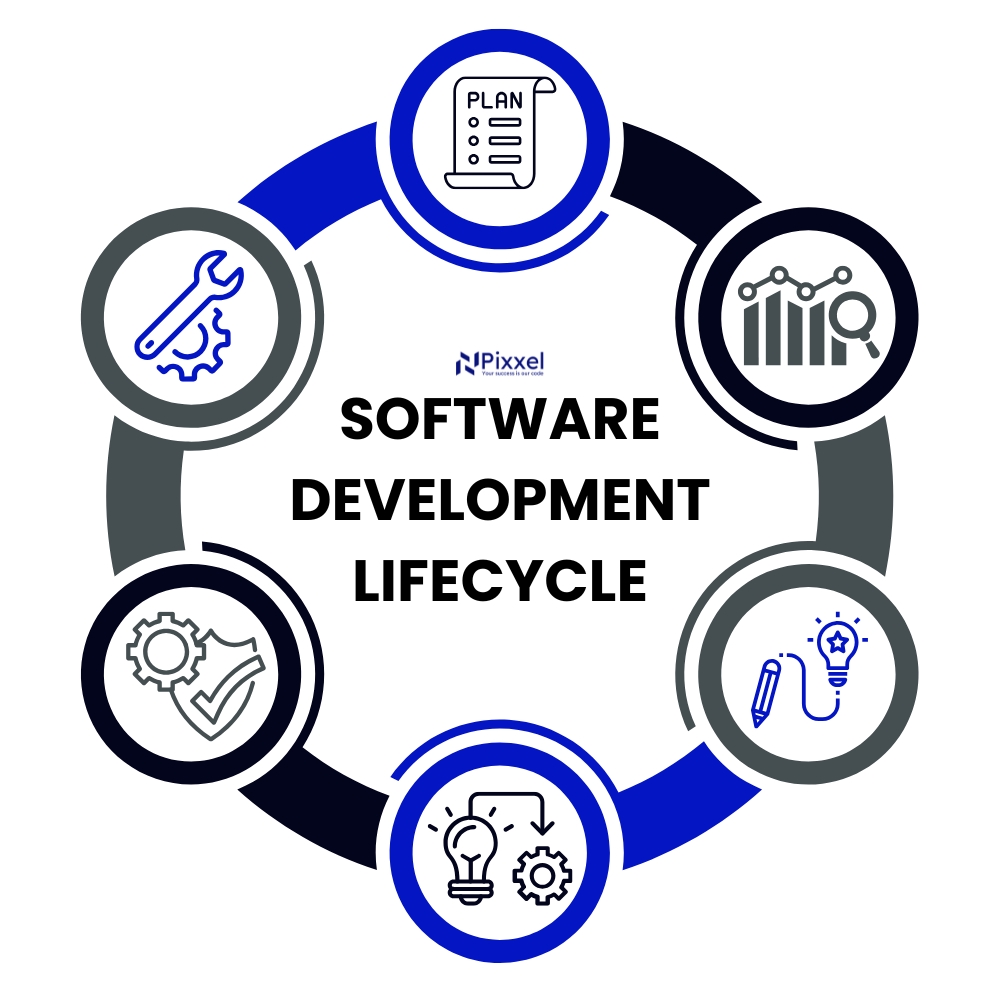How much do tailored software solutions cost? It’s a question every business leader asks at some point. Whether you’re a startup launching your first app or a company upgrading your systems, the price tag can feel like a mystery. But it doesn’t have to be.
Here’s a number to think about: custom software can range anywhere from $50,000 to well over $300,000. That’s a huge gap. Why? Because the final cost isn’t just about code. It’s about features, design, the team you hire, and the way you build it. Small choices can make a big difference.
In this guide, I’ll break it all down for you. We’ll look at what drives software development costs, where you can save without sacrificing quality, and how to get the most value for your investment. No fluff, no guesswork. Just clear, actionable insights you can use to plan smarter and build better.
Let’s dive in. 🚀
Key Takeaways
- Software development costs depend on features, design, and team location.
- Costs range from $50,000 to $300,000+ based on project size and complexity.
- Key components include planning, design, coding, testing, deployment, and maintenance.
- Choose a sourcing model that fits your needs and budget.
- Start with an MVP to deliver value quickly and optimize costs.
Why Software Development Costs Vary
Software costs depend on many things. Features are one of the biggest factors. Simple features cost less to develop. Complex ones like video calls or real-time data tracking require more time and skill.
The size of your project also matters. A small app with fewer screens costs less than a complex system with 50 or more pages. Design, technology, and team location also add to the differences.
6 Key Cost Components
Every software project involves several stages. Each stage comes with its own set of tasks and costs. Let’s break them down.
| Cost Component | Cost Percentage of Total Budget |
|---|---|
| Requirements Engineering, UX Design, and Planning | 10% |
| Architecture and UI Design | 5-10% |
| Software Coding | 65% (40% backend + 25% frontend) |
| Quality Assurance | 15-20% |
| Software Deployment | Varies |
| Software Support and Maintenance | 15-20% (yearly) |
1. Requirements, UX & Planning
This is where it all begins. The team studies your needs and turns them into clear goals. They create designs to show how users will interact with the software.
They also plan timelines and budgets. This step usually takes about 10% of the total cost. To save money, work with experienced analysts and include feedback from end users early.
2. Architecture and UI Design
In this phase, the foundation is laid. Architects decide how different parts of the software will work together. Designers focus on what users will see.
This stage costs 5-10% of the project budget. Reusing existing systems or using templates can lower costs without sacrificing quality.
3. Software Coding
Coding is the largest cost. Developers write the code that makes your software work. Backend coding often takes 40% of the cost. Frontend work adds another 25%.
To reduce expenses, use automation tools and low-code platforms. These can speed up the process and cut costs by a significant margin.
4. Quality Assurance
Testing ensures everything works as it should. Bugs are caught and fixed here. Quality assurance takes 15-20% of the budget.
Automated testing can save time and money in the long run. Start testing early to avoid expensive fixes later.
5. Software Deployment
This step gets your software ready for users. Deployment can include installation, setup, and training.
Costs vary based on the services provided. It’s worth investing in smooth deployment to avoid delays.
6. Software Maintenance
After launch, software needs care. Maintenance can cost 15-20% of the initial budget every year.
It includes updates, bug fixes, and performance improvements. Regular maintenance keeps your software secure and efficient.
Optimize Costs Tips
There are ways to save money at every stage.
- Focus on building an MVP first.
- Choose reusable tools and templates.
- Keep the design simple but functional.
- Test early and often to catch issues before they grow.
Key Cost Factors
The factors below affect how much you’ll spend on software development. Knowing them can help you budget better.
- Complexity of App size and features
- UX/UI design depth
- Technology stack
- Choice of platform
- Sourcing location
- Team expertise
- Ongoing Maintenance
Complexity & App Size
Complex features need more time to develop. For example, adding real-time data or advanced algorithms will cost more.
Larger apps with many screens also require more effort. To manage costs, prioritize must-have features first.
UX/UI Design & Iterations
Custom designs can make your software stand out. However, intricate designs and repeated changes increase costs. A simple, user-friendly interface can be just as effective. Invest in a clean design for your MVP. Upgrade later as your project grows.
Tech Stack & Platform Choices
Some technologies are more expensive than others. Custom-built systems often cost more than pre-built tools. Multi-platform development also adds to expenses.
Start with one platform, then expand when needed. Cross-platform solutions may save costs but could compromise performance.
Sourcing & Team Expertise
Where your team is located affects costs. Developers in the US charge higher rates compared to those in Eastern Europe or Asia.
Balance cost with experience to get the best results. A skilled team might cost more upfront but save money in the long run by avoiding delays and errors.
Ongoing Maintenance Costs
Software is never finished. It needs updates and fixes to stay relevant. Set aside 15-20% of your budget annually for maintenance. Regular care ensures your software continues to deliver value.
Estimating Development Hours
The approximate hours required to complete a software development project depend on the complexity of the software.
- For simple software, it typically takes 500–700 hours to build. Such projects involve basic features, a straightforward design, and no integrations.
- Moving up the complexity scale, medium-complexity software may require 700–1,200 hours. These projects include more advanced functionality and animated user interfaces, often developed in an Agile environment.
- At the highest level, complex software demands more than 1,200 hours due to its intricate architecture, stringent security needs, multiple integrations, or advanced technologies like AI and machine learning.
Sourcing Models
How you hire developers significantly impacts both the cost and quality of your software project. Understanding the right sourcing model ensures you balance your budget while meeting your project’s requirements efficiently.
Fixed-Price vs. Time & Materials
- The fixed-price model is ideal for projects with clearly defined requirements, timelines, and deliverables. With this approach, you agree on a single cost for the entire project, making it easier to manage budgets. However, it can be less flexible if changes are needed during the project, as any adjustments may incur additional costs or require renegotiation.
- The time-and-materials model provides more flexibility, especially for projects with evolving requirements or unclear scopes. You pay for the actual hours worked and materials used, allowing developers to adapt as the project progresses. However, this flexibility can lead to higher costs if the project scope expands, making it important to monitor expenses closely.
Regional Cost Comparisons
Regional cost comparisons help you decide between onshore, nearshore, and offshore options based on budget, communication needs, and project complexity. Each model offers unique advantages and trade-offs that impact overall success.
Onshore Development
Onshore development refers to hiring teams or developers in the same country as your business. This option offers seamless communication, similar time zones, and fewer cultural or language barriers.
However, it is often the most expensive choice due to higher hourly rates and local market demands. Onshore teams are ideal for complex, high-stakes projects where clear collaboration is essential.
- Example (America): A software company in Chicago hiring developers based in Boston.
- Example (Europe): A London-based business working with a development team in Manchester.
Nearshore Development
Nearshore development offers a middle ground by hiring teams in nearby countries, often within the same or a similar time zone. This model combines cost savings with better communication and cultural alignment compared to offshore teams.
Nearshore providers are especially effective for projects requiring frequent collaboration without the high costs associated with onshore options.
- Example (America): A Dallas-based company working with developers in Mexico City.
- Example (Europe): A Berlin-based firm collaborating with a team in Prague.
Offshore Development
Offshore development involves hiring teams in distant countries, typically with significantly lower labor costs. This option is attractive for businesses looking to save on budgets, especially for long-term projects.
However, challenges may arise due to time zone differences, language barriers, and potential cultural misunderstandings. Choosing an experienced offshore provider with a proven track record can mitigate many of these issues.
- Example (America): A Seattle-based startup outsourcing development to a team in the Philippines.
- Example (Europe): A company in Stockholm outsourcing to developers in India.
Real Cost Examples
Outsourcing project costs can range from $30,000 to over $4 million, depending on factors like complexity, region, and industry. In contrast, maintaining an in-house team in the United States, as illustrated by the example eight-person team, can cost around $1 million per year in salaries and overhead.
Global Software Dev Agency Rates
| Region | Approximate Hourly Rate (USD) | Notes |
|---|---|---|
| North America (US & Canada) | $100 – $250+ | Top agencies in Silicon Valley, New York, or Toronto often charge toward the upper end. |
| Western Europe | $100 – $250 (up to ~$300 in some cases) | Rates in tech hubs (e.g., London, Germany, Austria) are similar to North America because of high living costs and strict quality standards. Top Quality. |
| Central/Eastern Europe | $40 – $110 | A highly competitive region with strong STEM backgrounds (e.g., Poland, Ukraine, Romania). Agencies here tend to offer great quality at lower prices. Our teams are based in whole Europe. |
| Latin America | $50 – $120 | Nearshore advantages for US clients (e.g., Brazil, Argentina, Mexico) with reasonable quality and time zone alignment. |
| Asia (South & Southeast) | $30 – $80 | Countries like India, Vietnam, and the Philippines provide cost‐effective solutions with a huge talent pool, though time zone, poor quality and communication differences can apply. |
| Africa | $30 – $70 | An emerging market (e.g., Morocco, South Africa, Kenya) where rates are generally low but quality and infrastructure can vary. |
| Middle East | $50 – $150 | Markets such as the UAE combine modern IT expertise with higher rates; offers a balance of quality and regional proximity for certain clients. |
*Actual costs may vary depending on the position, complexity, industry and other factors.
Project Costs
| Project Type | Cost Estimate |
|---|---|
| Ecommerce Portal for the Mid-Market (Excluding licenses) | $250,000 |
| Inventory Software for a Large Enterprise | $250,000–$400,000 |
| Operations Management Software | $200,000–$400,000 |
| Big Data Solutions with AI and ML | $800,000–$4,000,000 |
| Digital Process Automation Solutions | $300,000 |
| Automated Accounting Software | $200,000–$400,000 |
| Native Mobile Apps | $30,000–$70,000 |
| Mobile Banking and Telehealth Apps | $150,000+ |
*These are sample figures. Actual costs may vary depending on the project’s complexity, region, industry, and other factors.
In-House Team Calculation
| Role | # of People | Avg. Annual Base Salary (USD) | Monthly Salary (Approx.) | Benefits/ Overhead (20%) | Total Monthly Cost |
|---|---|---|---|---|---|
| Product Manager | 1 | $120,000 | $10,000 | $2,000 | $12,000 |
| Technical Lead | 1 | $150,000 | $12,500 | $2,500 | $15,000 |
| Mid-level Developer | 2 | $100,000 each | $8,333 each | $1,667 each | $10,000 each → $20,000 total |
| Junior Developer | 1 | $80,000 | $6,667 | $1,333 | $8,000 |
| QA Engineer | 1 | $90,000 | $7,500 | $1,500 | $9,000 |
| UI/UX Designer | 1 | $95,000 | $7,917 | $1,583 | $9,500 |
| DevOps Engineer | 1 | $130,000 | $10,833 | $2,167 | $13,000 |
Explanation
- Total Monthly Cost is $86,500 for the entire 8-person team.
- Total Yearly Cost simply multiplies the monthly cost by 12, giving $1,038,000.
*This is only an example. Actual costs depend on location, industry, job market conditions, and other variables.
Getting Value Sooner
To start realizing value from your software sooner, focus on quick wins like launching an MVP, embracing Agile methodologies, and optimizing costs with low-code or open-source tools. These strategies help you deliver results quickly and efficiently.
Prioritizing MVP
We start by focusing on the Minimum Viable Product (MVP)—the core features that your users need most. This allows us to launch your software quickly and gather valuable feedback from real users. By iterating and adding features later, we save time and avoid unnecessary development costs.
Agile Methodologies
Using Agile, we break the project into smaller, manageable steps. This lets us adapt to changes quickly and keeps the process efficient. Agile helps us minimize wasted resources while delivering functional pieces of your software incrementally, so you see progress faster.
Cost Optimization
We leverage low-code platforms and open-source tools to save money and speed up development. These solutions are ideal for early software versions, allowing us to focus resources where they’re needed most while still delivering a high-quality product.
